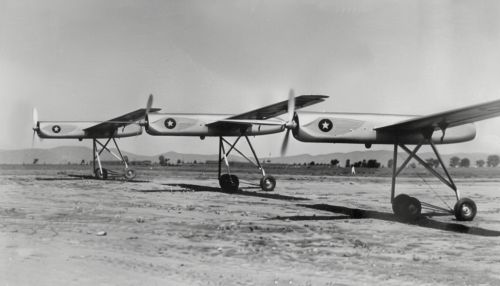Unmanned Aerial Vehicle
Overview
An Unmanned Aerial Vehicle (UAV), also known as a drone, is an aircraft without a human pilot on board. UAVs are a component of an unmanned aircraft system (UAS), which include a UAV, a ground-based controller, and a system of communications between the two. The flight of UAVs may operate under remote control by a human operator, or fully or intermittently autonomously, by onboard computers Autonomous Vehicles.
History
The concept of unmanned vehicles is not a new one, with the earliest recorded use of an unmanned aerial vehicle for warfare being July 1849, in a balloon carrier (the precursor to today's UAVs) by the Austrians in the First Italian War of Independence. UAV innovations started in the early 1900s and originally focused on providing practice targets for training military personnel.


Design and Development
The typical UAV is composed of light composite materials to reduce weight and increase maneuverability. This composite material strength allows military drones to cruise at extremely high altitudes. UAVs are equipped with different state of the art technology such as infrared cameras, GPS and laser (consumer, commercial and military UAV). Drones are controlled by remote ground control systems (GSC) and also referred to as a ground cockpit.
Classification
UAVs can be classified into six functional categories:
- Target and decoy – providing ground and aerial gunnery a target that simulates an enemy aircraft or missile.
- Reconnaissance – providing battlefield intelligence.
- Combat – providing attack capability for high-risk missions (see Unmanned Combat Aerial Vehicle).
- Logistics – UAVs specifically designed for cargo and logistics operation.
- Research and development – used to further develop UAV technologies to be integrated into field deployed UAV aircraft.
- Civil and Commercial UAVs – UAVs specifically designed for civil and commercial applications.
Applications
The applications for UAVs are increasing rapidly and include areas such as firefighting, police work, search and rescue, surveillance, surveying, and agriculture. More complex applications include border patrol missions, crowd control, and real estate photography.
Regulation
Regulation of UAVs incorporates a wide range of issues, including aviation law (especially air traffic management), privacy law, and areas of civil liability. The legalities are still a gray area due to the fast pace of drone technology.
Future of UAVs
The future of UAVs is rapidly evolving with new innovations and uses being developed regularly. In addition to their current uses, future uses may include tasks such as high altitude mapping, weather monitoring, and traffic monitoring.
